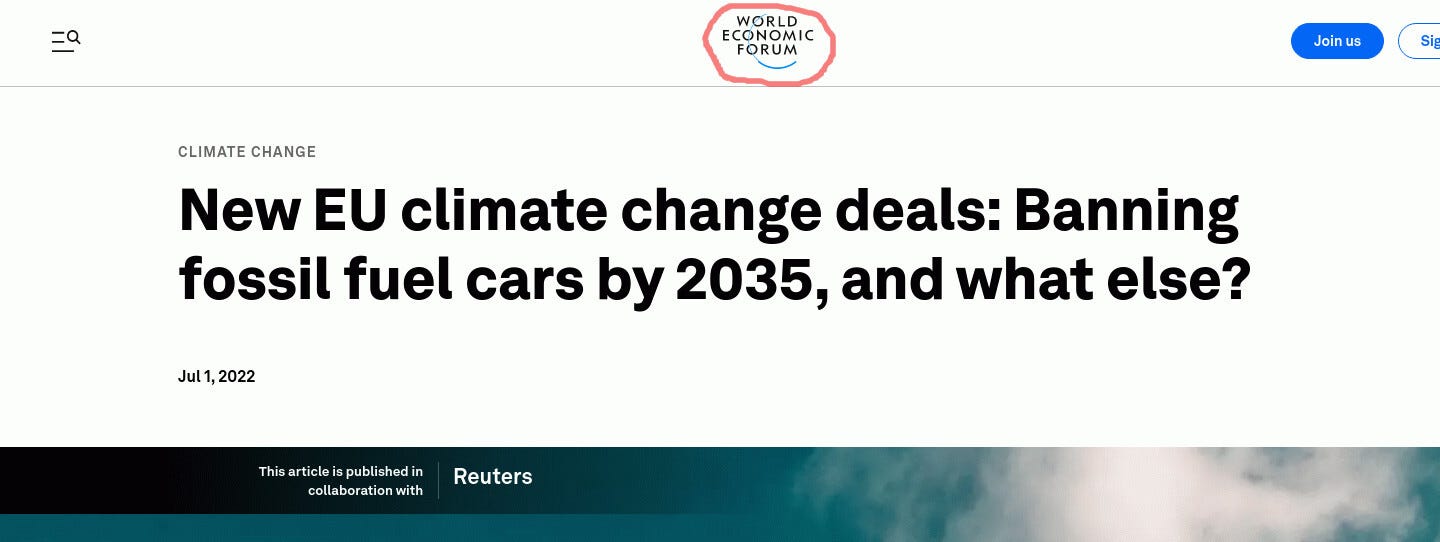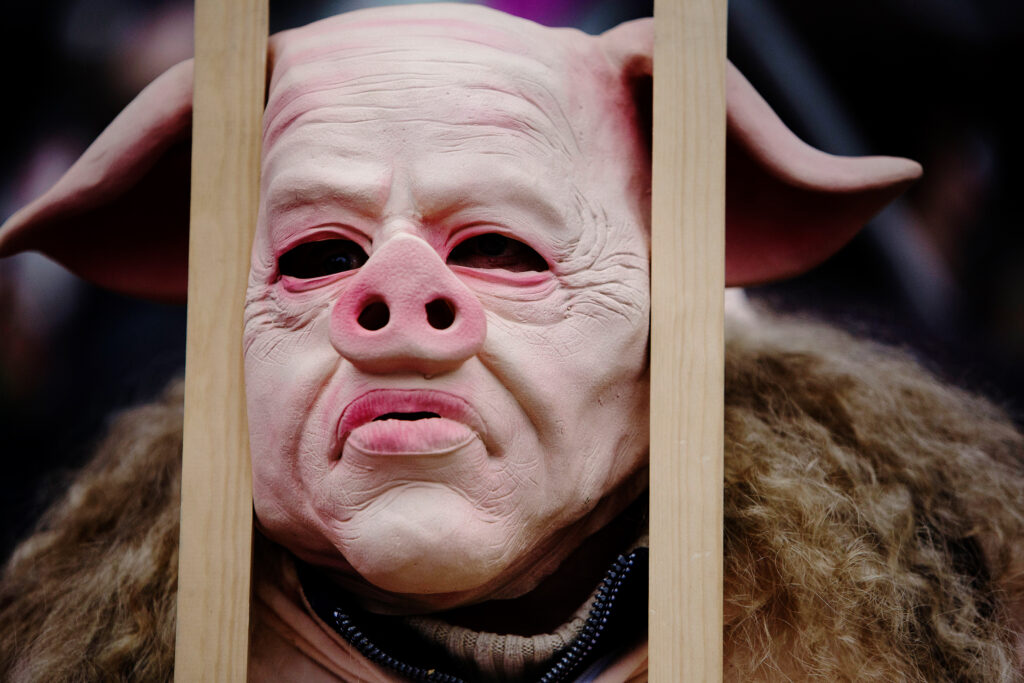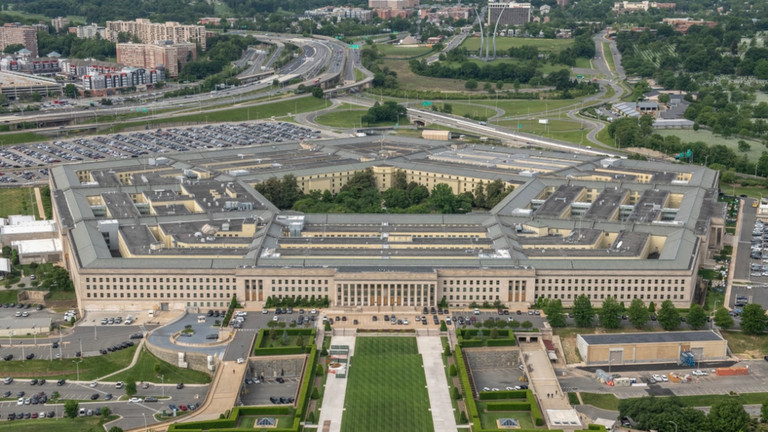by Claudio Grass, Claudio Grass:

Part II of II
To be fair, it is true, this time is different. Indeed, this time the rescue plan for the bust banks is not comparable to what we saw in 2008. In the US, the guarantee for deposits up to $250.000 comes from funds that are maintained by participating banks and not from the taxpayer. The official answer to how they’re going to pay everyone back is also plausible and possible: Some, or even most, of the money can and will be recovered from winding down the failed bank’s operations and selling assets. And if all that is still not enough, then the Fed can basically just print some money to cover the difference. Obviously, that could be construed as ultimately costly to the taxpayer, due to the inflationary impact it would have. However, realistically, that impact would likely be negligible compared to what the more regular printing operations have unleashed or to what the “emergency” measures (“covid relief” monetary and fiscal policies) of the last three years have given rise to.
 France24, Quartz, and the Wall Street Journal (paywall-free link) report that the EU abandoned its much-ballyhooed transition to electric cars, which was supposed to culminate with a total ban on gasoline cars in 2035.
France24, Quartz, and the Wall Street Journal (paywall-free link) report that the EU abandoned its much-ballyhooed transition to electric cars, which was supposed to culminate with a total ban on gasoline cars in 2035.





 The cause and circumstances of the counterintelligence officer’s death remain a mystery
The cause and circumstances of the counterintelligence officer’s death remain a mystery In a public declaration of support this week for the transgender mutilation of children, Assistant Secretary for Health at the Department of Health and Human Services (HHS) “Rachel” Levine
In a public declaration of support this week for the transgender mutilation of children, Assistant Secretary for Health at the Department of Health and Human Services (HHS) “Rachel” Levine 



